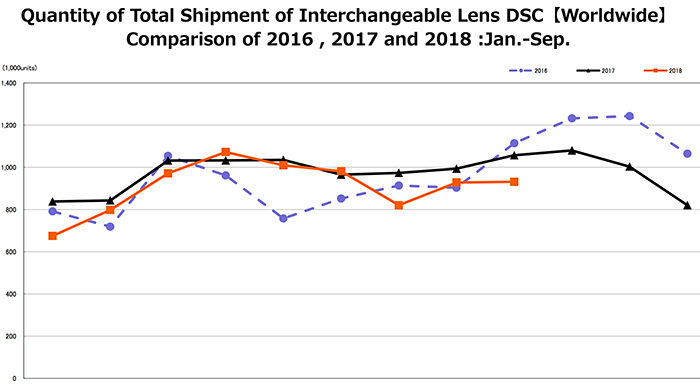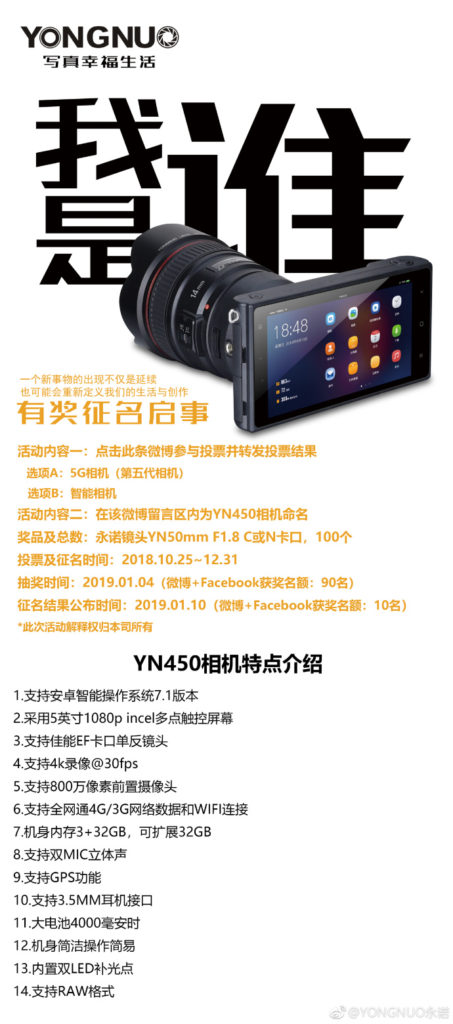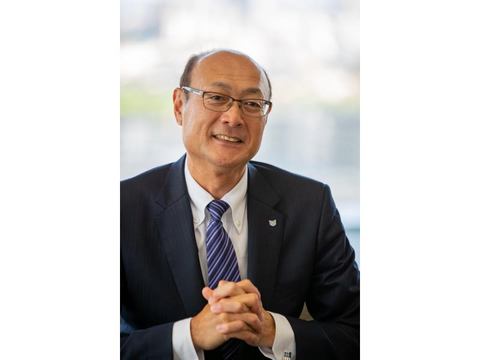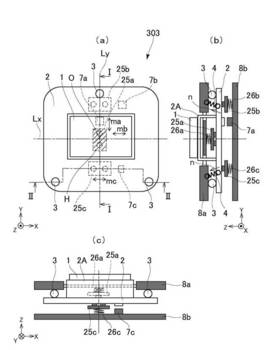New CIPA September shipment report: Things are still going bad for the camera business

CIPA published the September camera shipment report and things still look very bad. There is a new record low of camera shipments for the month of September. The only glimpse of hope we have is that October sales will recover due the availability of the new Nikon and Canon mirrorless cameras…




